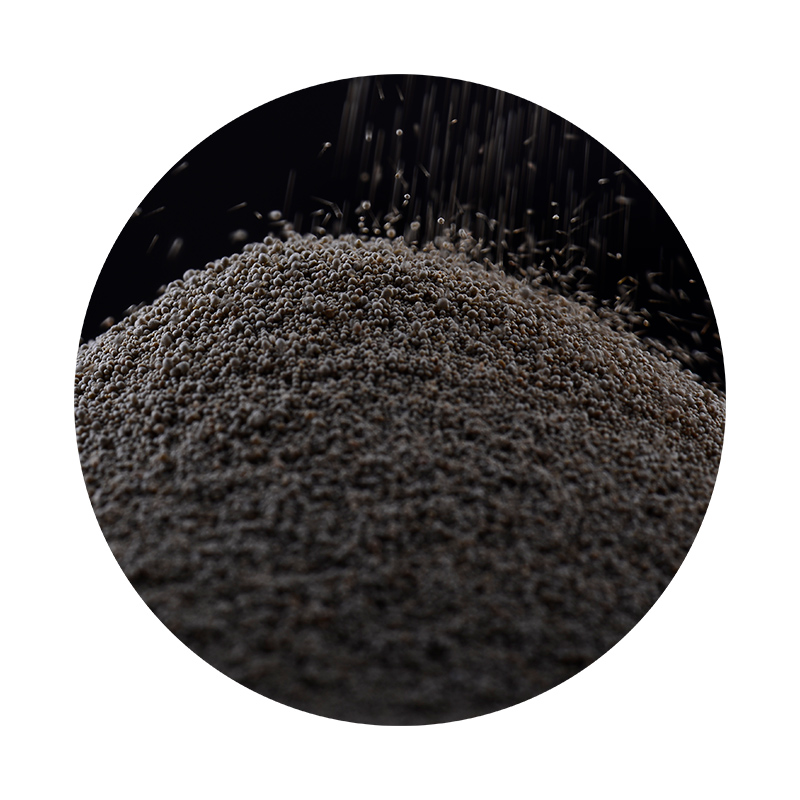Sand Casting Applications Versatile Manufacturing Technique
Sand casting, a traditional manufacturing process, has stood the test of time thanks to its versatility, cost-effectiveness, and capability to produce complex shapes. This method involves creating a mold by packing sand around a model or pattern, which is then removed, leaving a cavity that can be filled with molten metal to create a desired object. The applications of sand casting span across numerous industries, showcasing its importance in modern manufacturing.
One of the primary applications of sand casting is found in the automotive sector. The production of engine blocks, transmission cases, and various other components often involves sand casting due to its ability to produce large, intricate parts that require high strength. Automotive manufacturers favor this process because it allows for intricate designs and rapid prototyping, reducing the lead time for new component development. For example, aluminum die castings for car parts are often produced using sand casting techniques, ensuring the vehicles are both lightweight and robust.
Sand Casting Applications Versatile Manufacturing Technique
In addition to automotive and aerospace, the industrial machinery sector heavily relies on sand casting for fabricating heavy-duty parts. Components like gears, valves, and housings necessitate robust manufacturing methods, and sand casting delivers the required strength and reliability. The ability to cast large parts in a single piece eliminates the need for welding multiple sections together, thus reducing the potential for weak points and failures.
sand casting applications

The construction industry also employs sand casting for various applications. Architectural features such as ornamental elements, railings, and unique structural components can be easily produced through this method. Furthermore, sand casting is utilized in creating molds for precast concrete products, enhancing both functionality and aesthetics in construction projects. The process allows for customization, enabling architects and builders to achieve unique designs that meet specific needs.
Another notable application of sand casting is in artistic pursuits. Artists and sculptors employ sand casting to realize their creative visions. By making plaster or wax models, they can produce intricate designs in metal, thus allowing for a blend of creativity and craftsmanship. This aspect highlights how sand casting transcends industrial applications, becoming a medium for artistic expression.
Despite the advancements in manufacturing technologies such as 3D printing and vacuum casting, sand casting remains relevant due to its advantages. The materials used in sand casting are readily available, and the process can be adapted for production runs ranging from single prototypes to large-volume orders. Additionally, the equipment used for sand casting is relatively inexpensive compared to other manufacturing techniques, making it accessible for small and medium-sized enterprises.
In conclusion, sand casting is a pivotal manufacturing technique with applications across various industries, including automotive, aerospace, industrial machinery, construction, and art. Its ability to produce complex and robust parts at a reasonable cost ensures its continued relevance in modern manufacturing. As technology evolves, sand casting may integrate with new methods and materials, further enhancing its capabilities and applications in the future.
Post time:ታኅሣ . 18, 2024 10:19
Next:how to wet sand 3d prints
